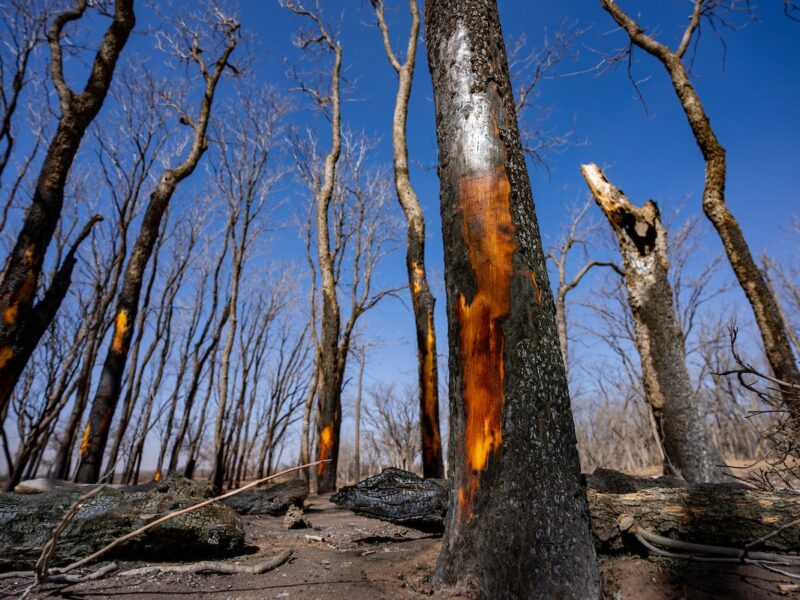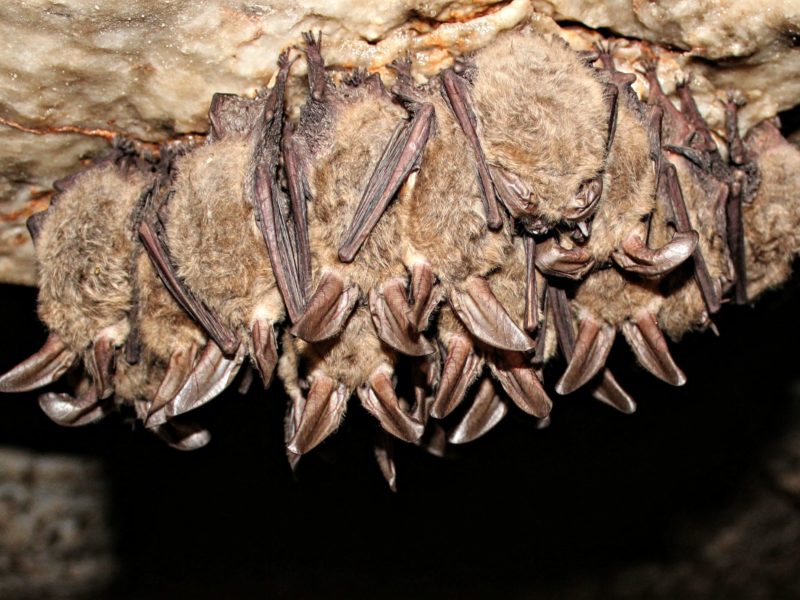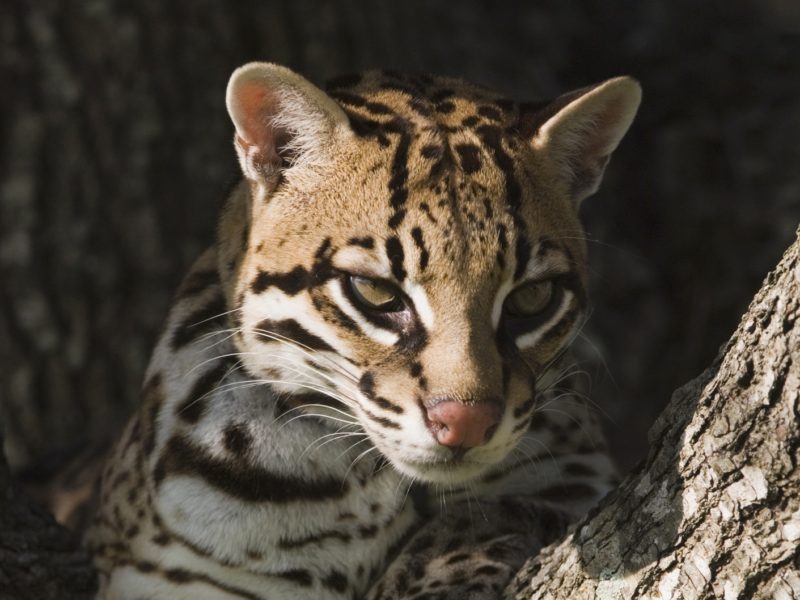A Passion For Wildlife Shapes University Experience Of Recent Texas A&M Graduate
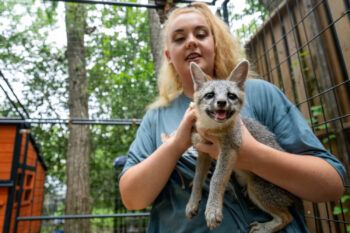
Rigorous coursework, late night study sessions and early morning classes are often a challenge for even the most dedicated student in the Texas A&M College of Agriculture and Life Sciences. Couple this with the responsibility of managing a non-profit wildlife rehabilitation center as one of the few federal- and state-certified wildlife rehabilitators located in the Brazos Valley, and you have a unique undergraduate experience that few would attempt.
That is, of course, unless you’re Krista Bligh ’23, operator of Paws and Claws Wildlife Rehabilitation Center in College Station. Bligh, who graduated with a degree in wildlife and fisheries sciences, said continuing her family’s Aggie legacy while pursuing a career as a wildlife veterinarian is a goal she has maintained since childhood.
Throughout her time as an undergraduate in the Department of Rangeland, Wildlife and Fisheries Management, Bligh managed to successfully balance her coursework with the full-time commitment of caring for upwards of 100 orphaned or injured animals of varying species including white-tailed deer, opossums, great horned owls, raccoons and more.
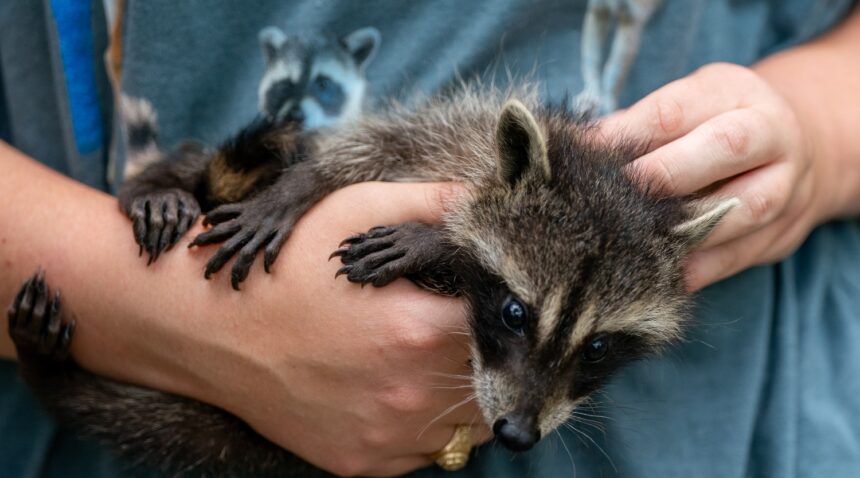
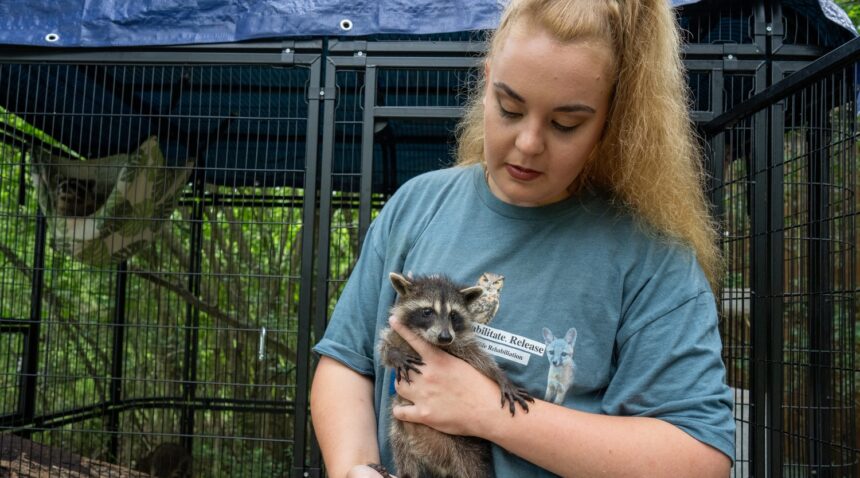
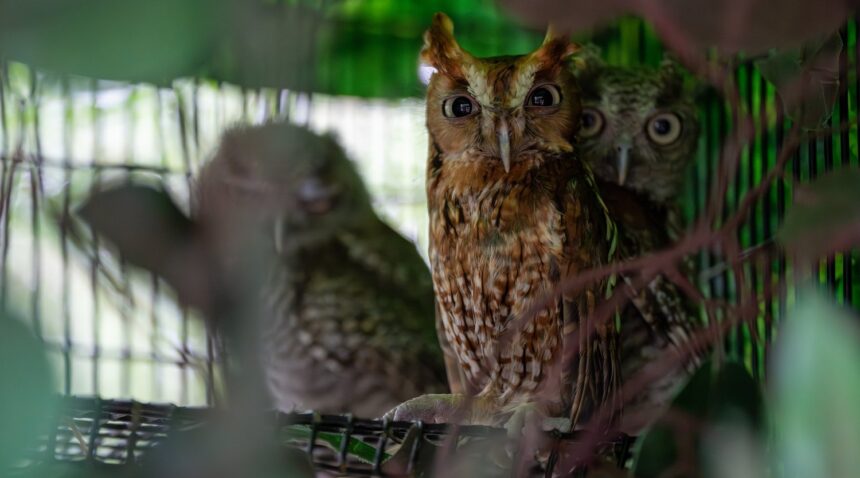
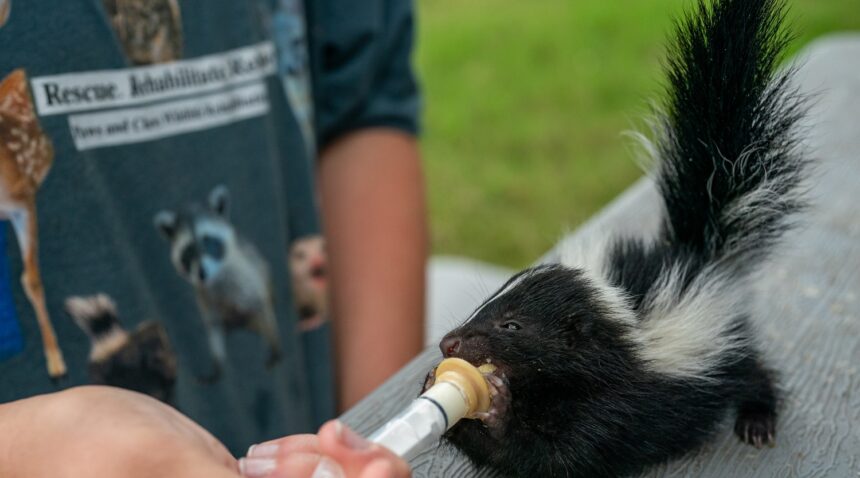
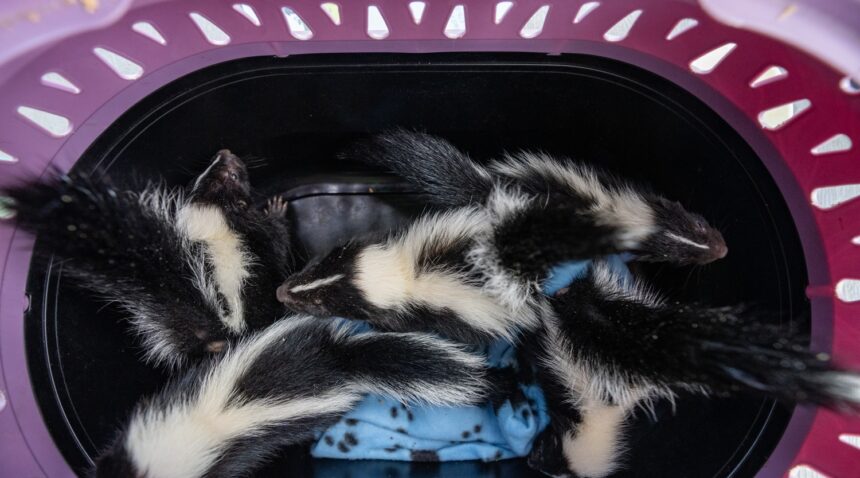
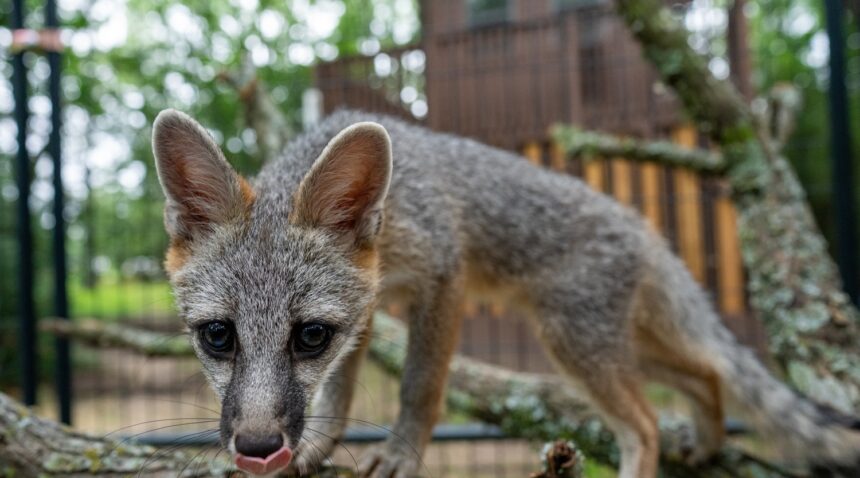
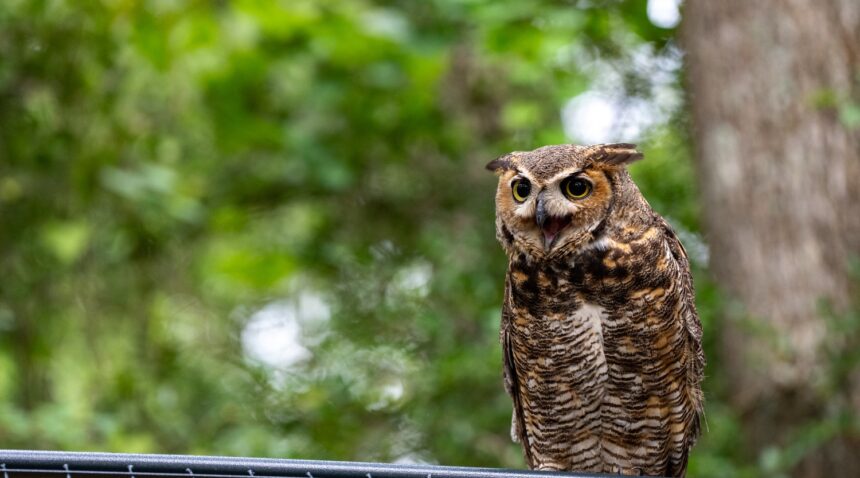
When Bligh found spare time outside of the classroom and rehabilitation center, she continued to exemplify the Aggie spirit of service as an officer with the Texas A&M student club Veterinarians Without Borders. She also volunteered with organizations such as Aggieland Pets with a Purpose, visited nursing homes with her certified therapy dog, Parker, and delivered educational presentations about wildlife conservation.
Her Aggie spirit of service was recognized in 2023 when she was named a community recipient of the Jefferson Award for public service. Bligh recently shared insight into her unique undergraduate experience, as well as her passion for wildlife conservation.
What courses in the wildlife curriculum were the most beneficial for your role as a rehabilitator?
I personally enjoyed my mammalogy course with Dr. Jessica Light, associate professor and curator of mammals in the Department of Ecology and Conservation Biology. She went over all aspects of diverse mammals that really added to my personal knowledge of our local wildlife communities. I like to have the mindset that one can never know everything. I am constantly learning new scientific methods and facts about different species. I enjoy learning more every day.
How did you balance your work as a certified wildlife rehabilitator with the responsibilities of being a full-time student?
I will admit it was not easy, especially during the spring baby season. During the spring I was usually not able to participate in any extracurricular activities or do anything for myself. I quickly learned how to multitask and regularly listened to recorded lectures and studied while feeding babies. I ran on very little sleep and had to dig really deep to not burn out. Wildlife rehabilitation is incredibly hard, especially when there are so few rehabilitators in your county. However, during the off-season, I enjoyed extracurricular activities at Texas A&M and within the community.
What did the typical day during a spring semester look like for you?
I woke up at the crack of dawn to feed the most critical patients first and then worked my way toward the healthiest. Once everyone was fed, I began answering phone calls from the public to assess whether an animal in question needed to be admitted to the center. At that point, I usually had a morning class, so I headed out to attend. After classes, I ran home, fed animals while studying and then ran back to my next class. The evenings were comprised of meal prepping for the animals while taking in patients. We typically receive 10 to 20 calls a day from our community and surrounding counties seeking advice or assistance with wildlife.
Paws and Claws relies heavily on volunteers. Did many of your fellow Aggie classmates volunteer at the center?
I have been truly blessed with all of the Texas A&M organizations on campus that have put in an incredible number of hours helping me feed animals, clean and build cages. We have had hundreds of Aggies come out to volunteer. Students are constantly trying to obtain experience with wildlife, so I provide an opportunity for them to have hands-on experience, which will help them with their future careers and resumes. Whether they are interested in being a game warden, ecologist, researcher, zoologist, veterinarian or many other career paths, wildlife experience is vital and helps them stand apart from other applicants.
What are your future career goals?
My dream is to open a full-scale rehabilitation center where I can take in absolutely every injured and orphaned wildlife patient that needs help. Right now, my small 501(c)(3) wildlife shelter is in my parents’ backyard, so the dream is to obtain land and build a nice center with an X-ray machine, staffing capabilities and better caging. I welcome donors who are passionate about wildlife and furthering Aggie education. In the long term, I hope to attend veterinary school so I can treat wildlife and also teach students. It would also be a dream to host a wildlife rehabilitation ecology and conservation biology course.
What advice would you give to others who are interested in becoming a certified wildlife rehabilitator?
I won’t sugarcoat it — it is flat out hard. There are so many sleepless nights, heartache, exhaustion and times when you pour everything you have into a patient and it still doesn’t pull through. Most wildlife rehabilitators are not paid, so we run off of public donations that usually barely make ends meet. That being said, it is incredibly rewarding. There is nothing better than seeing a severely injured or orphaned animal released back into the wild. If you want to get involved, I highly suggest volunteering with your local wildlife rehabilitator. Becoming a wildlife rehabilitator can look intimidating from afar, but if you love the work, the process will fly by in no time.
This article by Sarah Fuller originally appeared on AgriLife Today.
